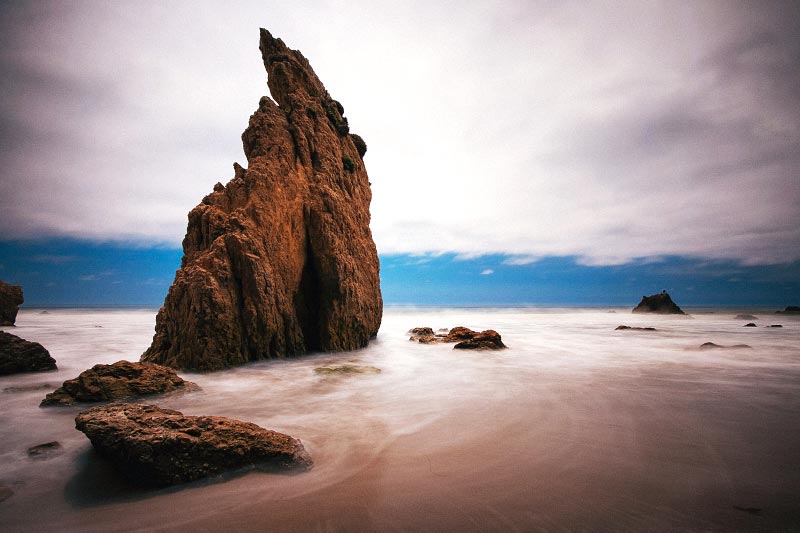New York: Prospect Park

Prospect Park is a fascinating example of man and nature’s collaboration. The park is a product of the last ice age, with valleys and ponds carved by glaciers. However, it’s also the masterpiece of the influential landscape architecture duo, Frederick Law Olmsted and Calvert Vaux. The park opened in 1867, and its 585 acres of landscaped terrain reflect Olmsted and Vaux’s belief that an urban retreat could have a civilizing effect on a growing metropolis.
Olmsted and Vaux had already designed Central Park, but they considered Prospect Park their crowning achievement. Today, you can still see much of their innovative landscape design across all 585 acres. However, it’s worth noting that Egbert Viele created the original plan for the park, which would have had less landscaping and no lake, ravine, or waterfalls. Viele’s plan was put on hold due to the Civil War, and Olmsted and Vaux eventually eliminated it entirely, expanding their design south and west with newly acquired land.
The park needed significant restoration near the end of the 19th century due to visitor overuse and misuse. The City Beautiful Movement, which gained traction in the 1890s, led to a restoration effort that cost the city around $100,000. However, the park fell into disrepair once again in the 1960s, when New York City struggled with disinvestment and crime. By 1979, only an estimated two million people visited the park per year, and 44 percent of New Yorkers warned others to stay away.
The park’s revival began in the 1980s, under the leadership of Tupper Thomas. Thomas helped make the park a safe and family-friendly environment, leading to a surge in attendance. Today, the park is once again a Brooklyn institution, boasting a revitalized lakefront and a new ice skating rink. It’s the heart and lungs of Brooklyn and the great pleasure ground of New York’s most populous borough. The park’s decay and subsequent revival showcase important lessons about urban public space, public safety and policing, and the powerful role of citizens in reclaiming their city.
Want to join this challenge? Click here.
More from the New York Challenge:







Keep In Touch